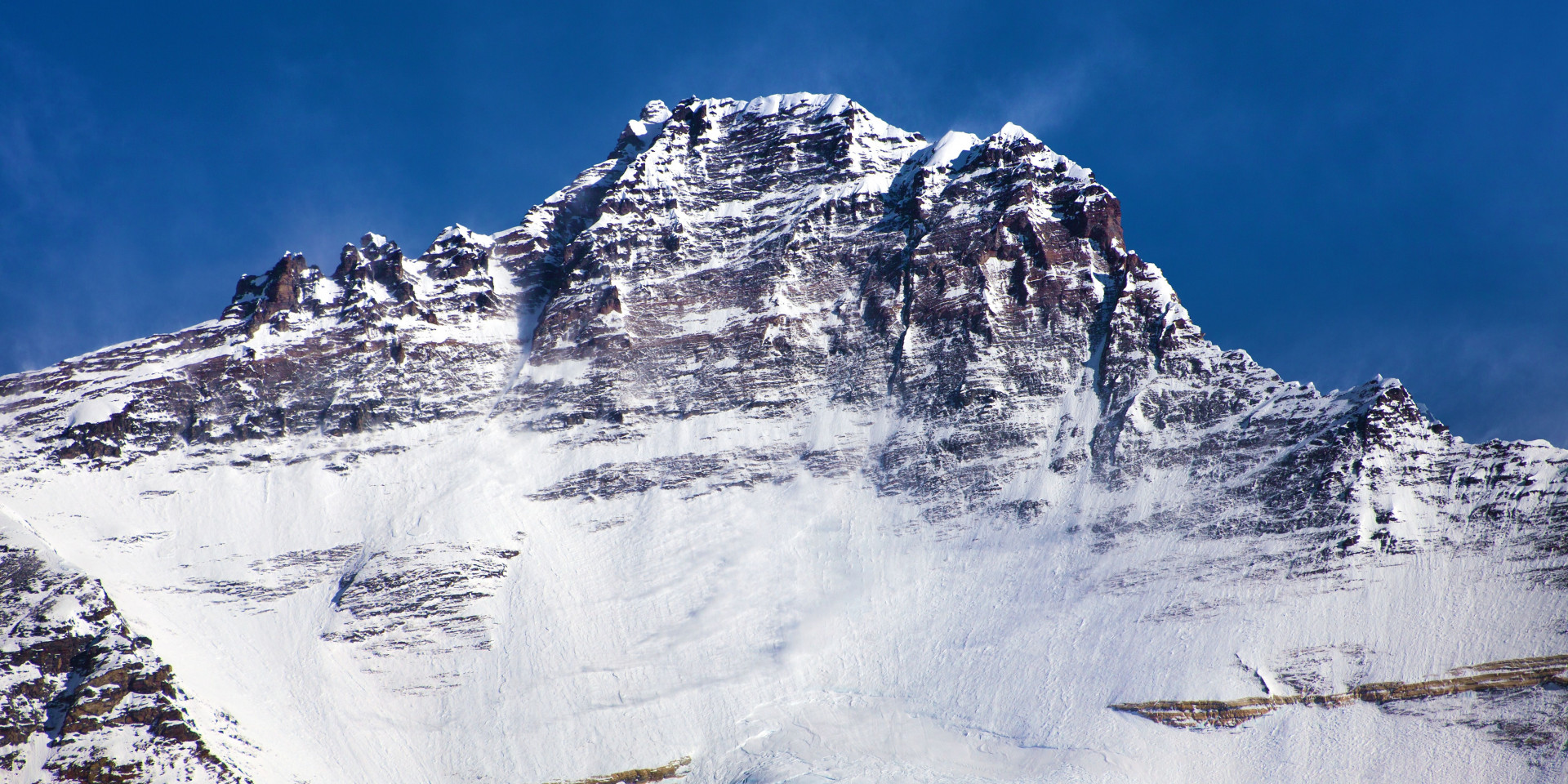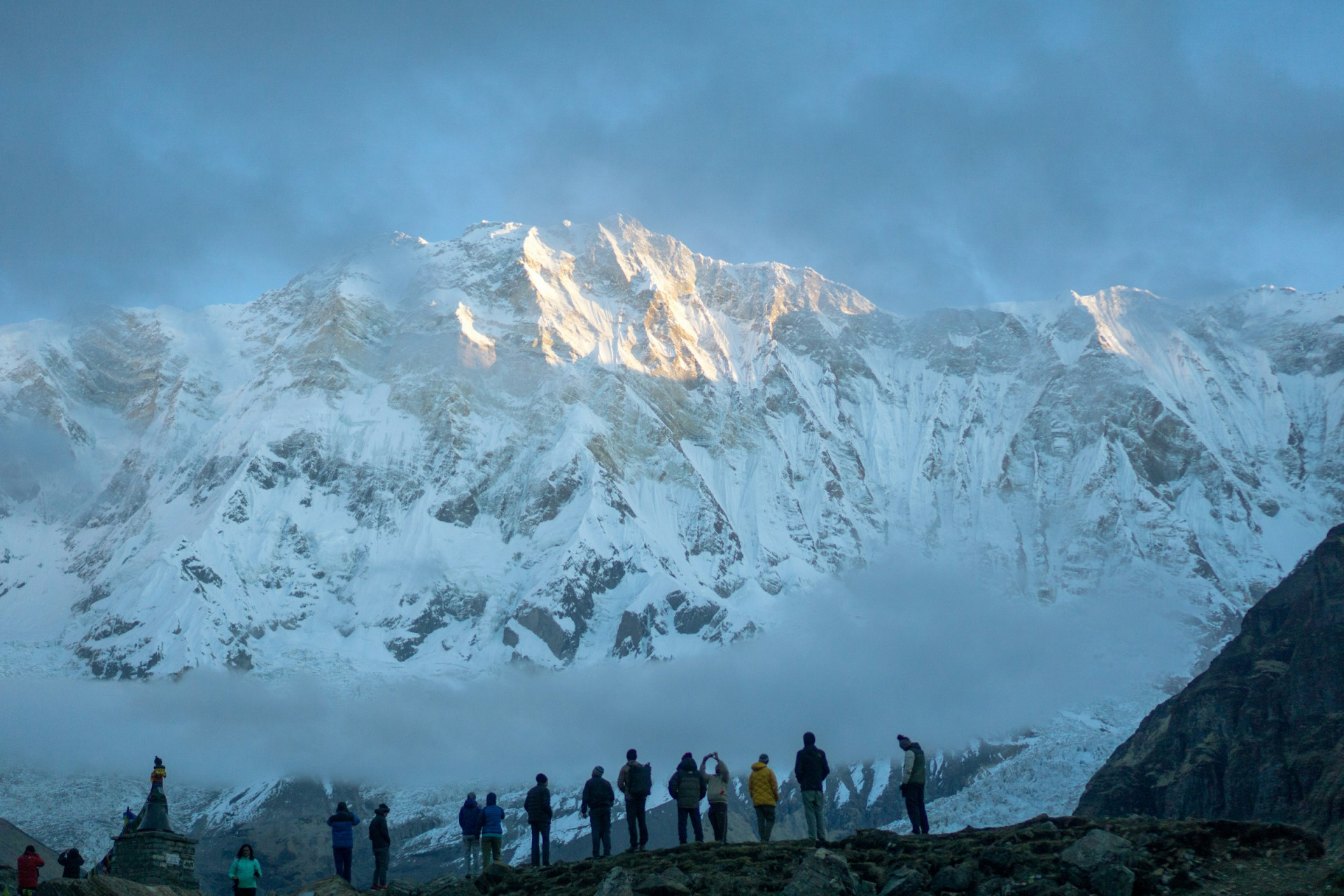Best Time to Climb: The optimal periods for attempting Lhotse are in the pre-monsoon (spring) season from late April to May and in the post-monsoon (autumn) season from September to early October. These months offer the most stable weather conditions and clearer skies.
Difficulty Level: Lhotse is a technically challenging climb, particularly due to its steep and exposed final section. Prior experience with high-altitude climbing and technical mountaineering skills are essential. The climb involves navigating through the Khumbu Icefall, the Lhotse Face, and a narrow, steep couloir near the summit.
Acclimatization and Preparation: The expedition includes several acclimatization rotations, usually involving climbs to Camp 1, Camp 2, and Camp 3 on Lhotse or Everest. Acclimatization is crucial for reducing the risk of altitude sickness and increasing the chances of a successful summit.
Route and Camps: The standard route for Lhotse is the West Face route, shared with the South Col route of Everest up to the Geneva Spur. The expedition typically establishes multiple camps: Base Camp (5,364m), Camp 1 (6,065m), Camp 2 (6,400m), Camp 3 (7,200m), and a final camp near the Yellow Band at around 7,800m.
Climbing Permit and Costs: A climbing permit from the Nepalese government is required, and the permit fee for Lhotse is generally lower than that for Everest. The total cost of the expedition can be high, considering the logistics, equipment, permits, guide services, and oxygen supplies.
Health and Safety: Climbing Lhotse involves exposure to extreme cold, strong winds, and the risk of avalanches, crevasses, and altitude sickness. Adequate preparation, acclimatization, and physical conditioning are vital. Climbers should have comprehensive travel and medical insurance that covers high-altitude climbing.
Oxygen and Support: Supplemental oxygen is typically used above Camp 3, particularly for the summit push. The expedition usually includes Sherpa support for carrying loads, setting up camps, and fixing ropes on the technical sections.
Physical Fitness: Climbers should be in excellent physical condition, with endurance training and experience in high-altitude environments. The ability to carry heavy loads and climb steep, technical terrain is essential.
Environmental Considerations: The Lhotse region is part of the Sagarmatha National Park, a UNESCO World Heritage site. Climbers are encouraged to follow eco-friendly practices, including the "Leave No Trace" principles, to minimize environmental impact.
Cultural Experience: The expedition begins with a trek through the Khumbu region, providing a cultural experience as climbers pass through Sherpa villages, monasteries, and experience the rich heritage of the Himalayas.
The Lhotse Expedition is a formidable challenge that rewards climbers with the thrill of scaling one of the highest peaks on Earth. It offers an unparalleled adventure in the shadow of Everest, with fewer crowds and a unique technical challenge.





